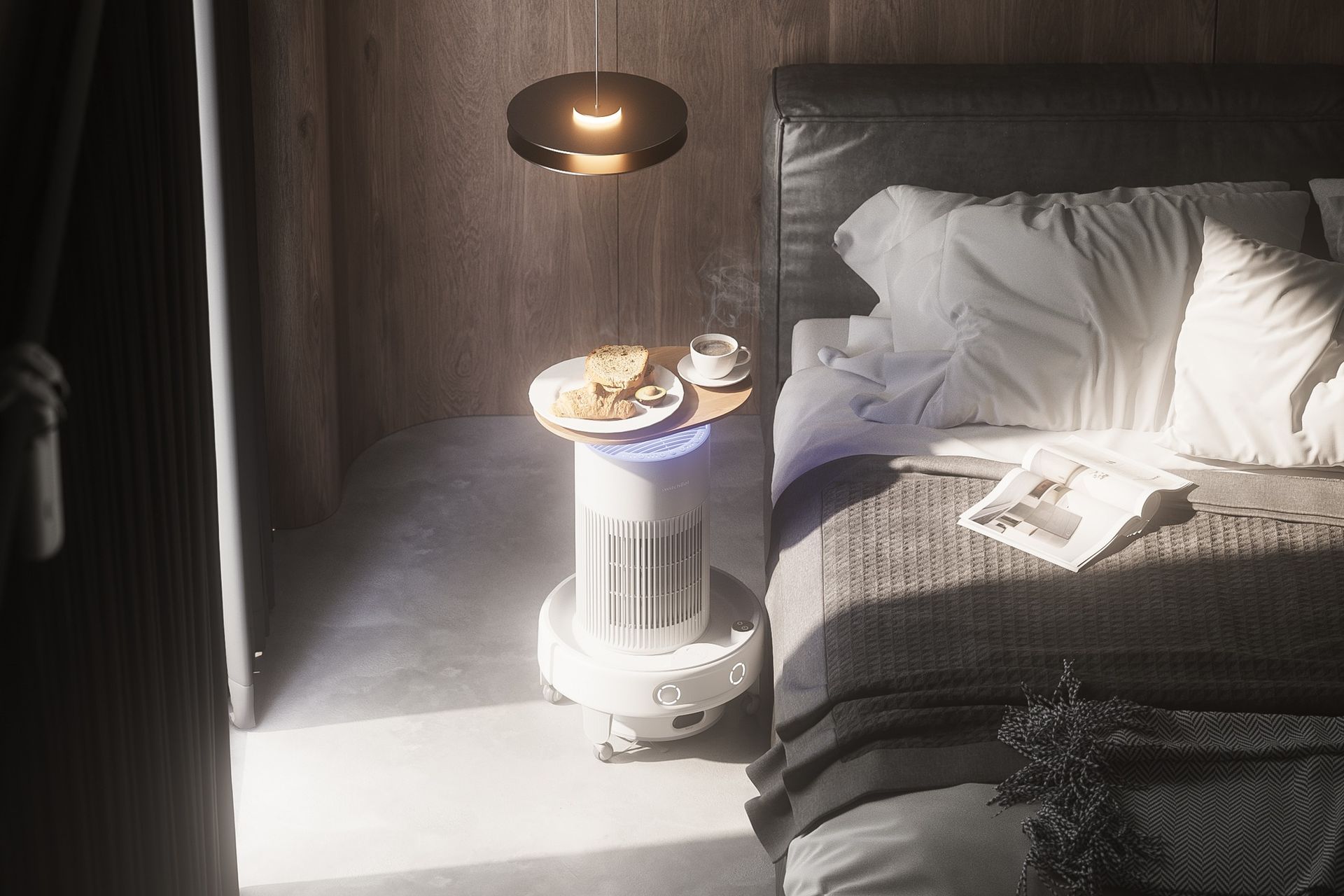For more than 100 years, writers, artists and filmmakers have sketched out their visions of the household robot, a supposedly inevitable culmination of human technological advancement. One day, these multitasking machines will, we’re told, perform tedious tasks efficiently and without complaint, respond courteously to requests and remain unobtrusively compliant and meek. In The Automatic Maid-Of-All-Work (1893), author ML Campbell described such a machine as “a queer looking thing, with its long arms [and] a face like one of those twenty-four hour clocks… each number was a sort of electric button. There were a lot of wires… [it] would be handy in lots of ways.” The fact that helpful, mild-mannered, multitasking domestic robots remain conspicuously absent from our homes is indicative of the profound engineering challenges involved in creating them, but that hasn’t stopped robotics firms – the vast majority in east and south-east Asia – making great efforts to hasten their arrival.
The annual Las Vegas electronics trade event, CES, can always be relied upon to give an update on how these efforts are progressing. This year humanoid robots, such as China’s Unitree G1, moved across the showroom floor with surprising grace, waving hello to onlookers but stopping noticeably short of doing any laundry.
